For the following exercises, determine whether the relation is a function.
1. {(a,b),(c,d),(e,d)}
2. \{(5,2),(6,1),(6,2),(4,8)\}\)
3. y2+4=x, for x the independent variable and y the dependent variable
4. Is the graph in Figure 1 a function?
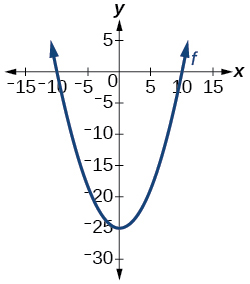
For the following exercises, evaluate the function at the indicated values:
f(−3);f(2);f(−a);−f(a);f(a+h).
5. f(x)=−2x2+3x
6. f(x)=2|3x−1|
For the following exercises, determine whether the functions are one-to-one.
7. f(x)=−3x+5
8. f(x)=∣x−3
For the following exercises, use the vertical line test to determine if the relation whose graph is provided is a function.
9.
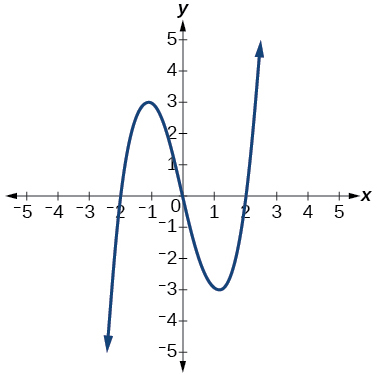
10.
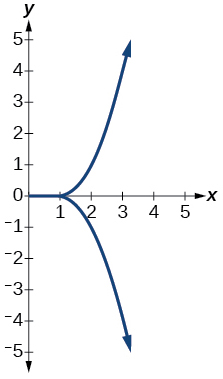
11.
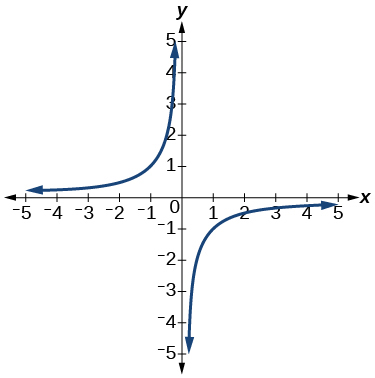
For the following exercises, graph the functions.
12. f(x)=∣x+1
13. f(x)=x2−2
For the following exercises, use Figure 2 to approximate the values.
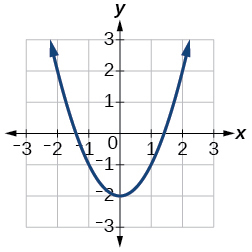
14. f(2)
15. f(−2)
16. If f(x)=−2, then solve for x.
17. If f(x)=1, then solve for x.
For the following exercises, use the function h(t)=−16t2+80t to find the values in simplest form.
18. h(2)−h(1)2−1
19. h(a)−h(1)a−1